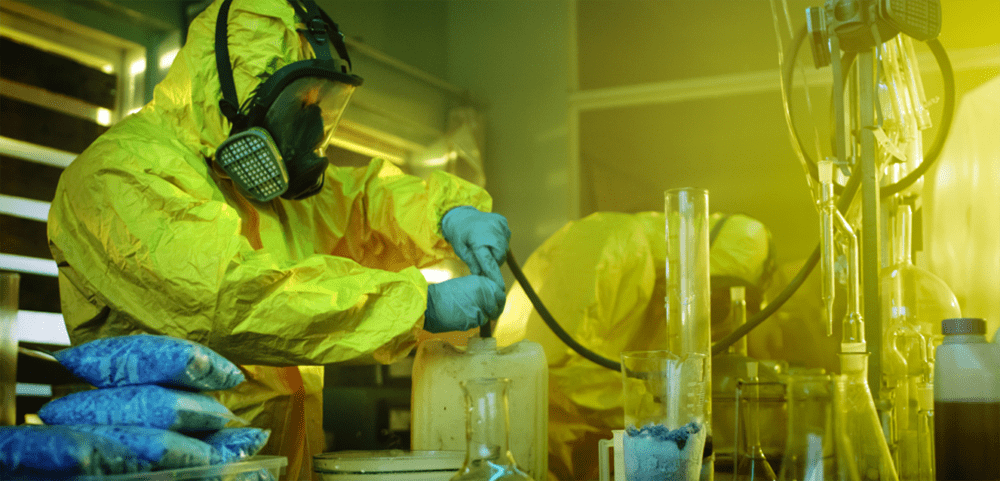How often should chemical protective clothing be replaced?

Chemical protective clothing is designed to protect workers from exposure to hazardous chemicals in the workplace. However, like any personal protective equipment (PPE), it has a limited lifespan and needs to be replaced periodically to ensure that it remains effective in providing adequate protection. In this article, we will discuss how often chemical protective clothing should be replaced.
Firstly, it is important to note that the lifespan of chemical protective clothing can vary depending on a variety of factors, including the type of material it is made from, the frequency of use, the nature of the chemicals it is exposed to, and the conditions in which it is used. As a general rule, chemical protective clothing should be replaced when it no longer provides adequate protection or when it becomes damaged or worn out.
One important factor to consider when determining the lifespan of chemical protective clothing is the permeation rate of the chemicals it is exposed to. Permeation refers to the process by which a chemical penetrates through a material, and it is affected by factors such as the concentration and temperature of the chemical, as well as the type of material and its thickness. The longer a chemical is in contact with a material, the greater the likelihood that it will penetrate through it and potentially expose the wearer.
Another factor to consider is the frequency of use. Chemical protective clothing that is used frequently will generally wear out more quickly than clothing that is used less often. This is because repeated exposure to chemicals, as well as wear and tear from use, can cause the material to degrade over time.
It is also important to follow the manufacturer's recommendations for maintenance and inspection of chemical protective clothing. Regular inspections can help identify any signs of damage or wear and tear, and ensure that the clothing is still providing adequate protection. Any clothing that is found to be damaged or worn out should be replaced immediately.
In summary, the lifespan of chemical protective clothing can vary depending on a range of factors, including the type of material, the frequency of use, and the chemicals it is exposed to. To ensure that workers are adequately protected, it is important to replace chemical protective clothing when it is no longer providing adequate protection or when it becomes damaged or worn out.










